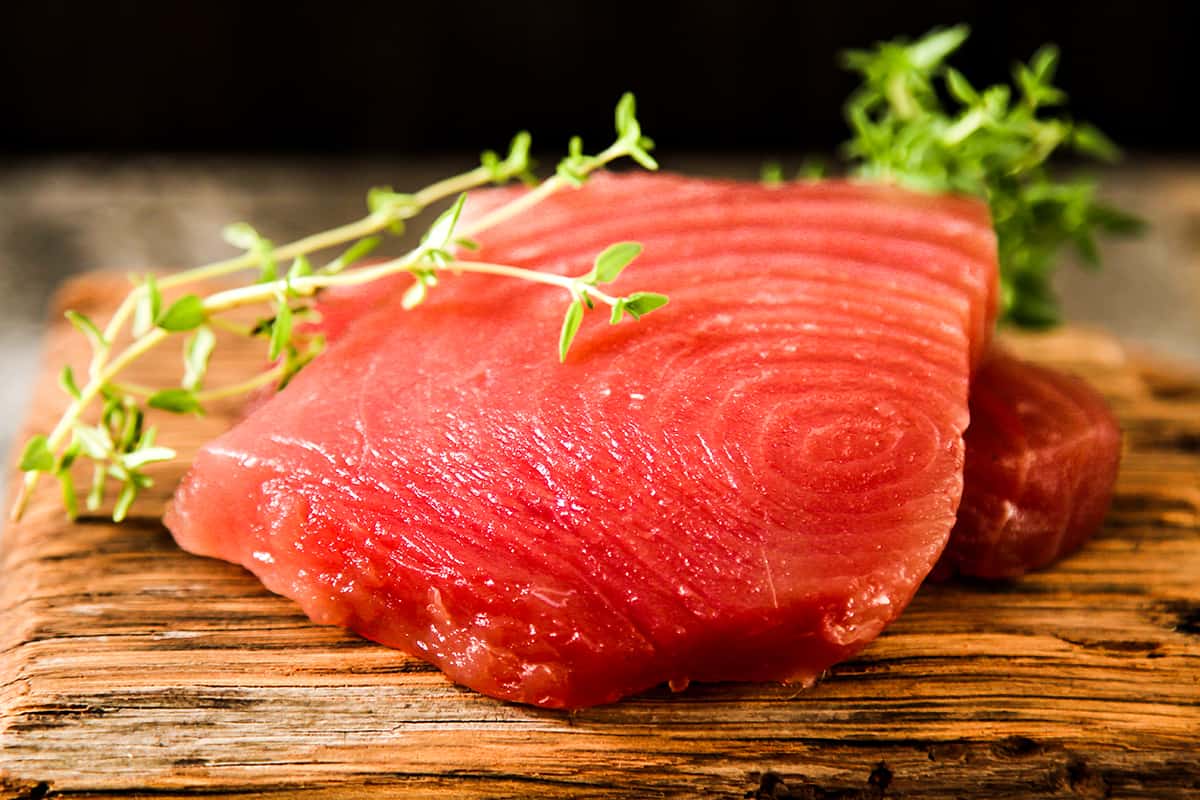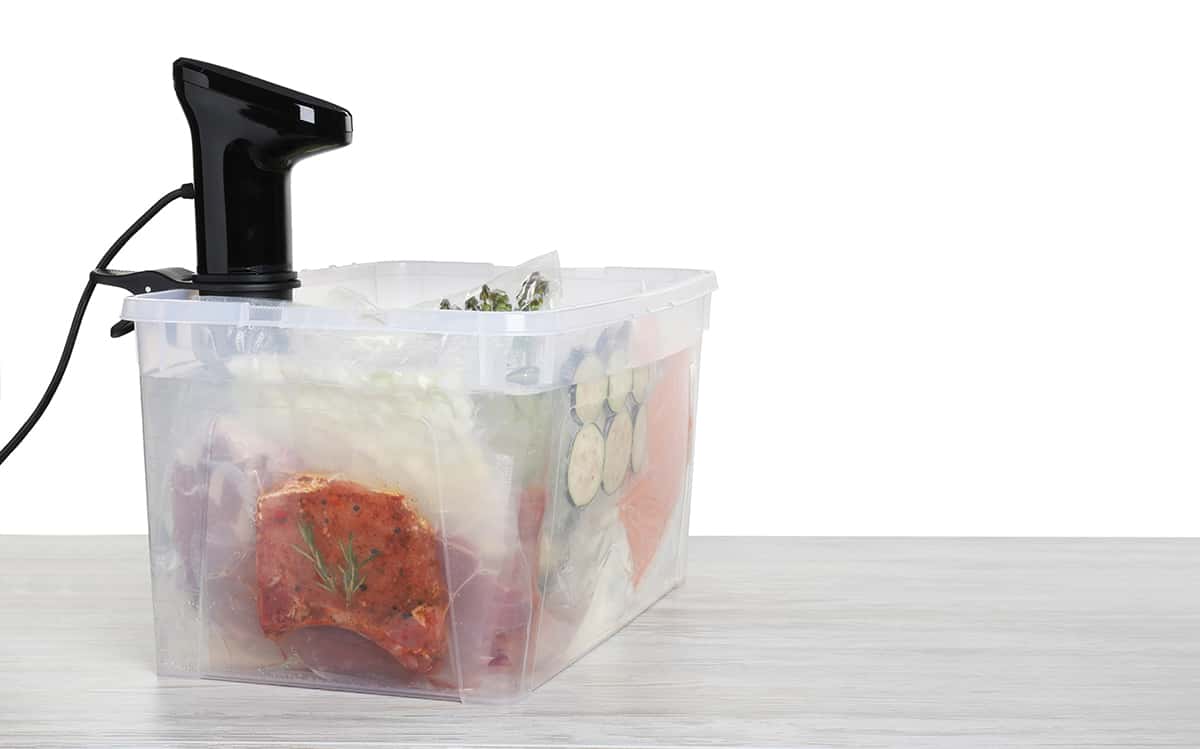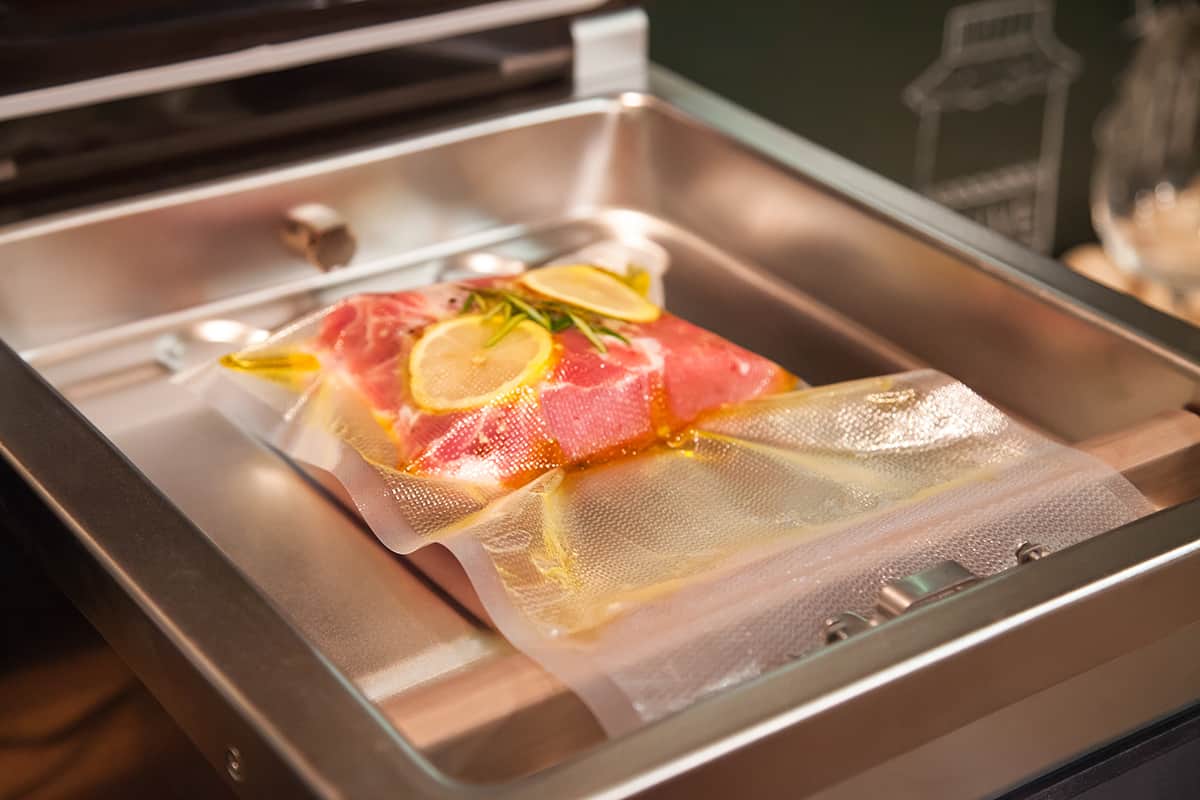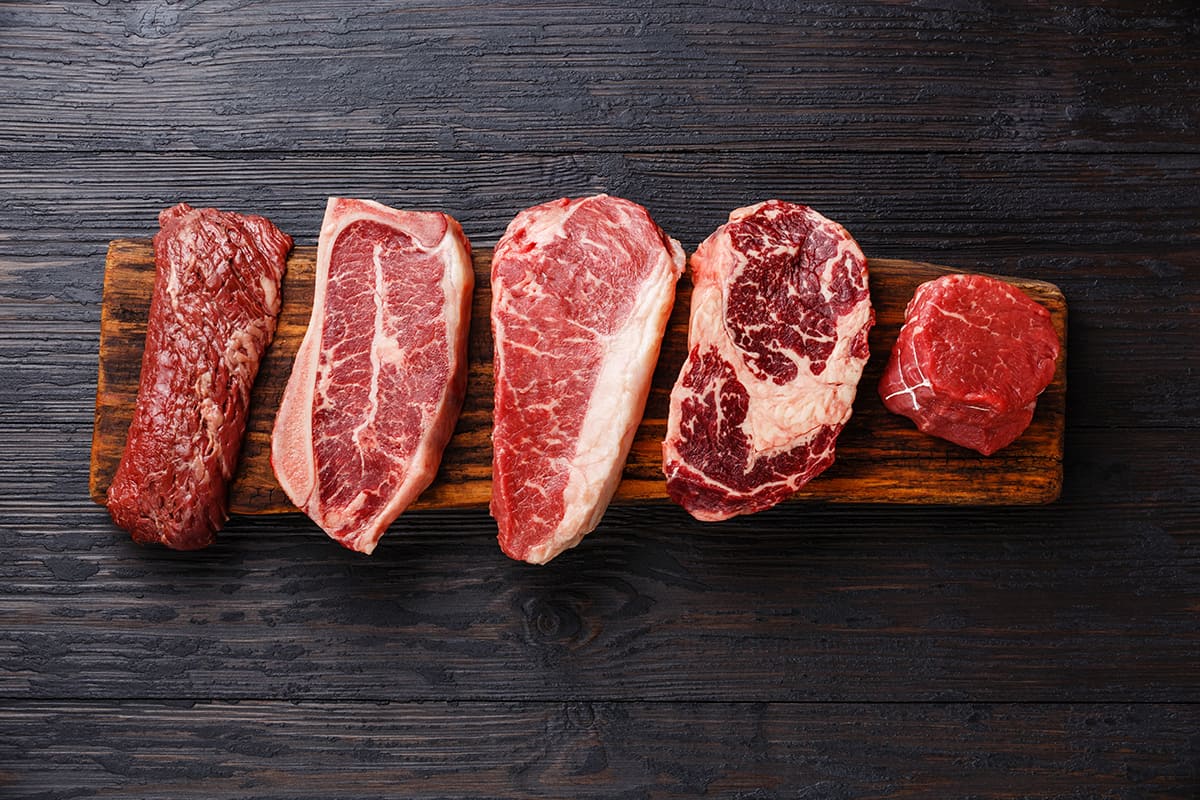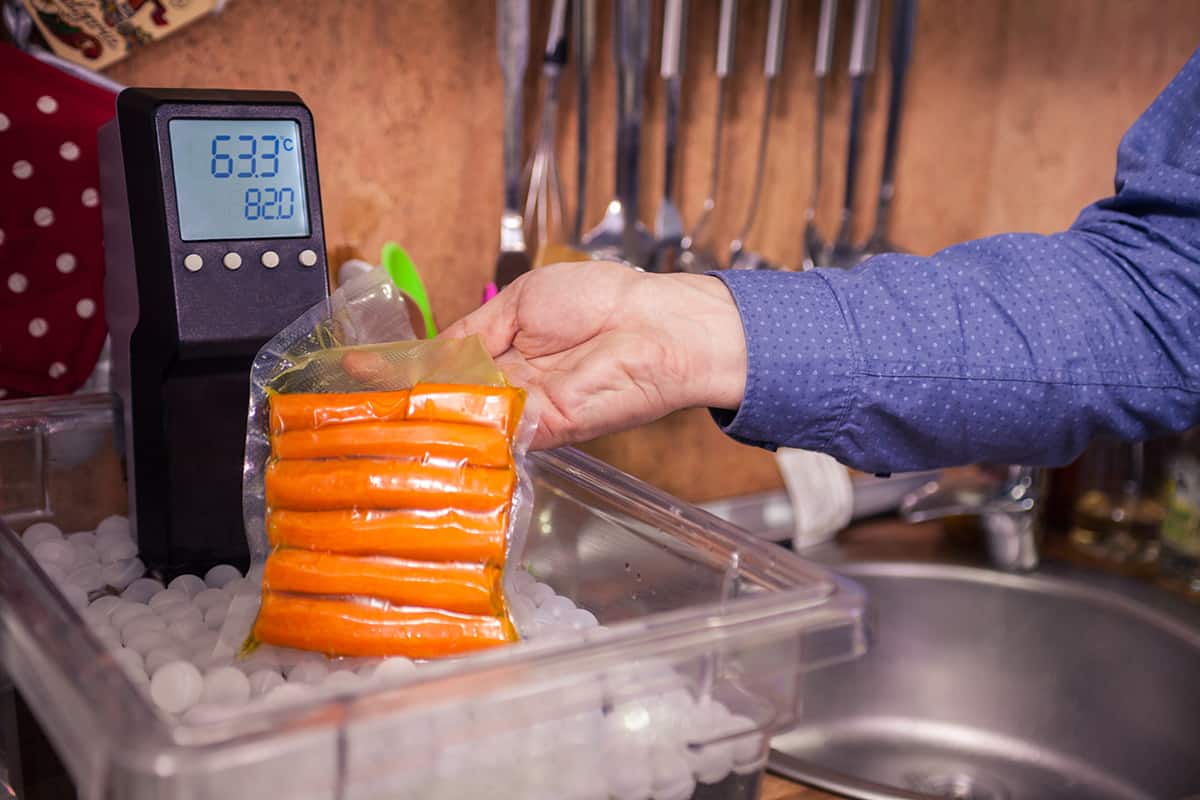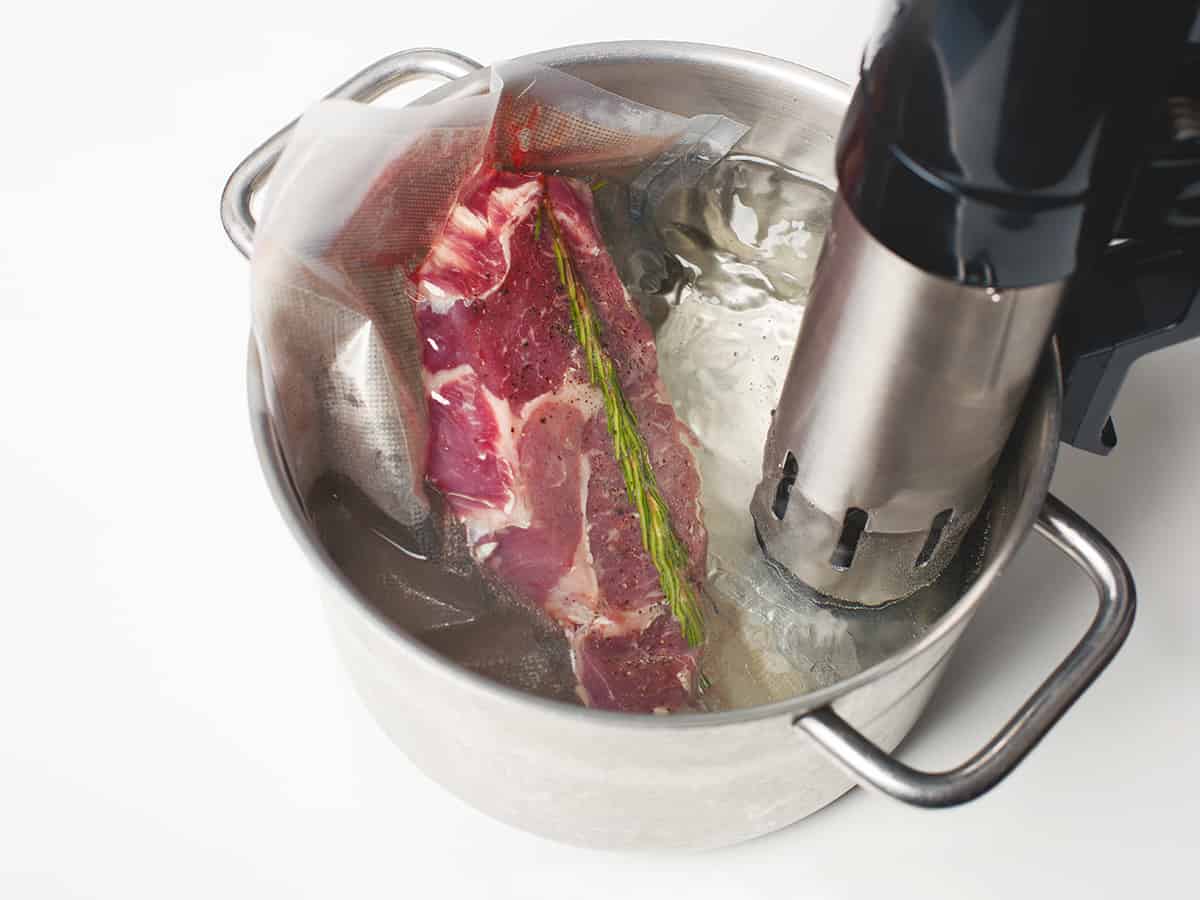You can sous vide any cut and any fish as it gives the perfect result consistently. All you need to be careful about is the time and temperature for cooking. Not all fish types have the same cooking time. You can cook Salmon, Tuna, Cod, or any other fish and preserve the flavors and texture of fish. Sous vide fish also can’t be overcooked easily.
A perfectly cooked fish is a dream but not anymore if you know how to sous vide it. Sous vide is an excellent technique to cook your fish moist and tenderly without being too dry or chewy.
Cooking fish is entirely different from cooking any other meat. Though it is easy to cook as meat is very tender, it takes a few minutes to cook the fish. That makes the fish a bit tricky as well. The tender meat does not require too much heat or time. While cooking, you have to be precise as it may take a few seconds to ruin the tender meat and turn your dish into a disaster.
In this article, we will discuss the best cuts for Sous Vide. We will discuss different cuts and cooking techniques and answer some frequently asked questions about sous vide and fish.
Is Sous Vide Good for Fish?
Sous vide is one of the best methods to cook fish. As the name suggests, it’s a technique of vacuum cooking. The water is heated to a controlled temperature.
The sous vide device is used to make sure it remains at a consistent temperature. The fish or other proteins are not directly submerged in water. It is packed in a plastic seal and cooked inside without having direct contact with heat.
Cooking fish is different than any other meat. It has short muscles, and its collagen dissolves easily on heat, and thus it takes less time to cook. The challenge with fish is to make sure it remains moist and does not flake apart.
The precise temperature and time are essential for cooking good fish. This is where sous-vide helps. It does not allow any excess heat to pass through the fish and makes sure the fish fillet is cooked to perfection.
It can take a little extra time; perhaps the only disadvantage of sous vide. It takes more time than any other traditional cooking method, but the outcome is too good to justify all that effort. Each time you try it, it gives restaurant-style fish as there is no guesswork involved in sous vide.
Best Cuts For Sous Vide?
Sous vide is the best method to cook fish, but it does all types of fish and cuts similar to cook. You need to be careful of different things, such as the type of fish meat, how thick the fillet is, and how much you want your meat.
Thinner cuts take less time and heat. There are fish fillets, fish stakes, sliced fish, baby cuts, fishtails, and whole fish.
You can cook any cut as long as you know the precise time and temperature required for perfect cooking. If you are a beginner, you can consult the recipe. Mos recipes explain the cooking temperature and time for the required cut or type of fish.
If you are a pro, you probably know how much time and heat is required by just looking at the fish.
Best Fish for Sous Vide?
Let’s look at some of the best fish for sous vide:
Salmon

Salmon is the most popular fish, and it’s also the perfect choice if you intend to sous vide your fish. Not only nutritional, but Salmon is also very easy to cook. It’s a fatty fish rich in omega-3 and an excellent source of protein.
Salmon can be served as a filet or steak, or you can incorporate it into sandwiches and salads.
The perfect temperature for Salmon is considered 115 degrees F for the mildly cooked texture. However, the density of fillet or steak matters; 120-135 degrees temperature is sufficient to cook fish thoroughly.
You can adjust the cooking time according to your required doneness and the density of meat. It takes an hour or so to cook fish. You can reduce or increase time depending on your preferred texture. Here are some tips for cooking Salmon in sous vide:
- Remove as many bones as you can; it will also reduce the cooking time and bones can puncture the plastic bag.
- Prepare fish with brine before cooking. It enhances the flavors and makes sure the fish retains its moisture.
- Add fat content like butter or olive in the bag so that it does not stick to the plastic.
Halibut
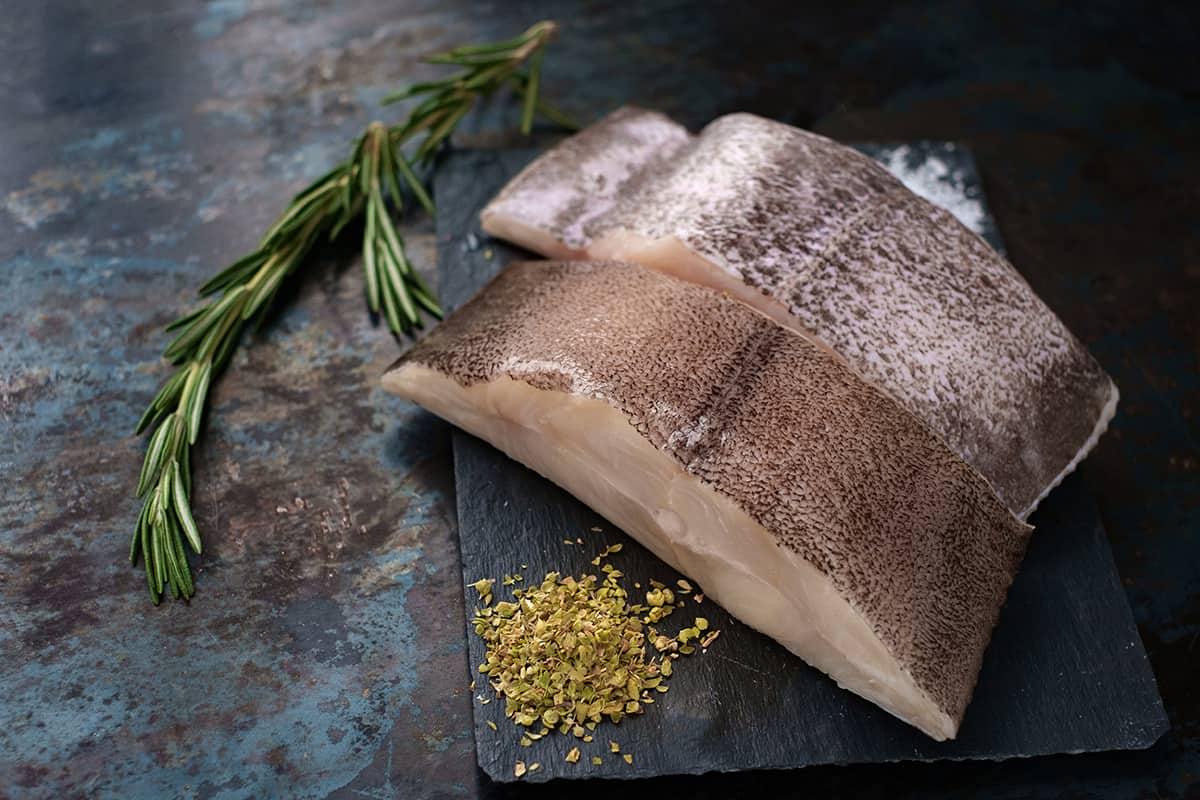
Halibut is another excellent choice if you like to cook your fish sous vide. It’s a fatty fish with lots of nutrition. Halibut is a rich source of omega 3 fatty acids, protein, and other vitamins and minerals.
The fish has a mild sweet taste like sweet fish. Its fillet is thicker and firmer than some other fish like cod. It goes well with any seasoning, and you can pair it with bold dressings as well.
The halibut fish has more tough fiber than Salmon, so you need more heat. 130 degrees F is ideal for the halibut fish, but you can slightly increase the temperature up to 145 degrees if the steak is thick or need a fully cooked texture. However, make sure you don’t cook it for too long, or it can become flaky.
Temperature above 140 can make it dry and chewy as well.
The cooking time depends on your preferred texture. Depending on how well-done you need your fish, you can leave it in sous vide water for half an hour.
Code
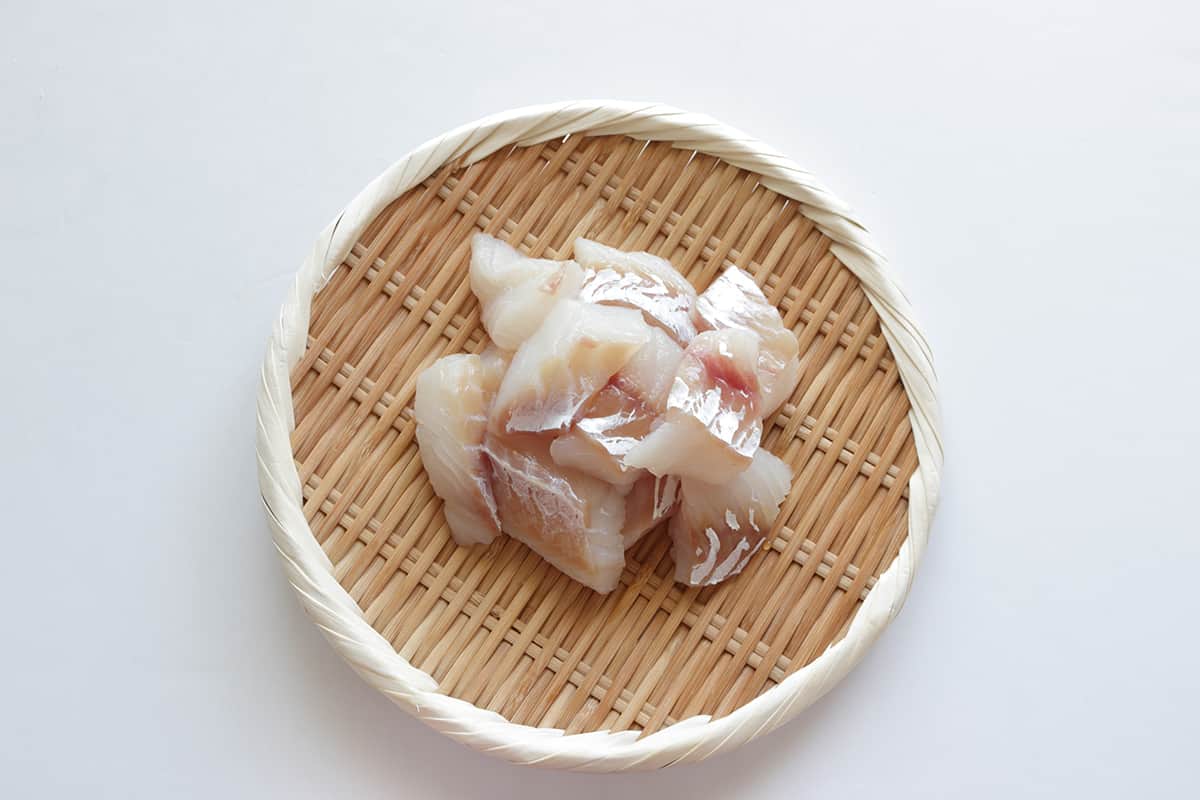
Halibut has a firmer texture, but that does not mean you can’t cook tender meat like code fish. Code fish is quick to cook and has a low-fat content. It’s excellent for those who are on a low-fat diet. It’s a full of flavor fish with lean protein and has many dietary benefits.
Cooking code takes less time due to the lack of fat content, and it tends to get flaky in little time. The cooking temperature for code fish depends on the size of the steak, but 120 is considered ideal for code. You can cook it from 125-135 degrees F, depending on the cut and your preferred texture.
Code fish goes very well as steak or with salads or sandwiches. You can serve it with or without skin. Make sure you add some butter or olive oil to prevent the fish steak from being too dry on the outside.
Grouper

Grouper is another good choice for sous vide. It’s lean fish with chunky flakes. The fish has a subtle taste like a lobster or crab and has a light sweet taste.
Grouper is an excellent choice for those who like to cook large fish filets. You can cook it at 110 degrees F if you like slightly undercooked fish. Ideally, it should be cooked between 120 -135 degrees F.
Grouper can be marinated with too many things and goes well in salads, burgers, sandwiches, and steak.
Tuna Fish

Tuna fish is very delicate and is eaten raw. It is also easy to overcook if you are not careful. Tuna is cooked at a shallow temperature and takes only 35-40 minutes. You can leave it in brine water as it enhances the flavor and texture of fish.
Frequently Asked Questions
Can You Overcook fish in Sous Vide?
The best part of cooking in sous vide is not easily overcooked. That’s because there is no chance of water getting heated more than necessary. Even if you leave fish in water for too long, it won’t get more heat than necessary.
Still, you can leave it for some minutes in water without fearing overcooking but leaving it for hours may not. If you are searing the fish fillet or steak after sous vie, you can overcook it. You should leave it on the stove for no more than a few seconds to prevent overcooking.
Can I Sous Vide Frozen Fish?
Yes, frozen fish is cooked just like fresh fish. The only difference is the cooking timing. You can set the temperature as required, but you need to cook it for a longer period. You can extend by almost 50% of the actual cooking time.
Marinating frozen fish can be a problem. You can marinate it before freezing, and this way, it is easy to cook. You can transfer frozen fish right into a sealed bag for sous vide.
Do You Need to Sear Fish After Sous Vide?
You may not care for a crispy exterior if you are a true sous vide fan. But for many, fish is not complete without a crispy look.
Sous vide may leave your fish a bit unappealing if you are not a white fish fan. Searing locks the flavors and completes the look for serving. It maximizes the flavors and makes your dish more appealing.
Final Words
Sous vide allows you to cook any meat with perfection. Since fish has very delicate meat, it is easy to cook in sous vide with perfection. You won’t notice any overcooking, more color, or loss of flavor. The controlled temperature not only keeps the texture firm and presentable, but it does not allow any loss of flavor or moisture lost.
Read also: Best Cuts of Steak For Sous Vide
